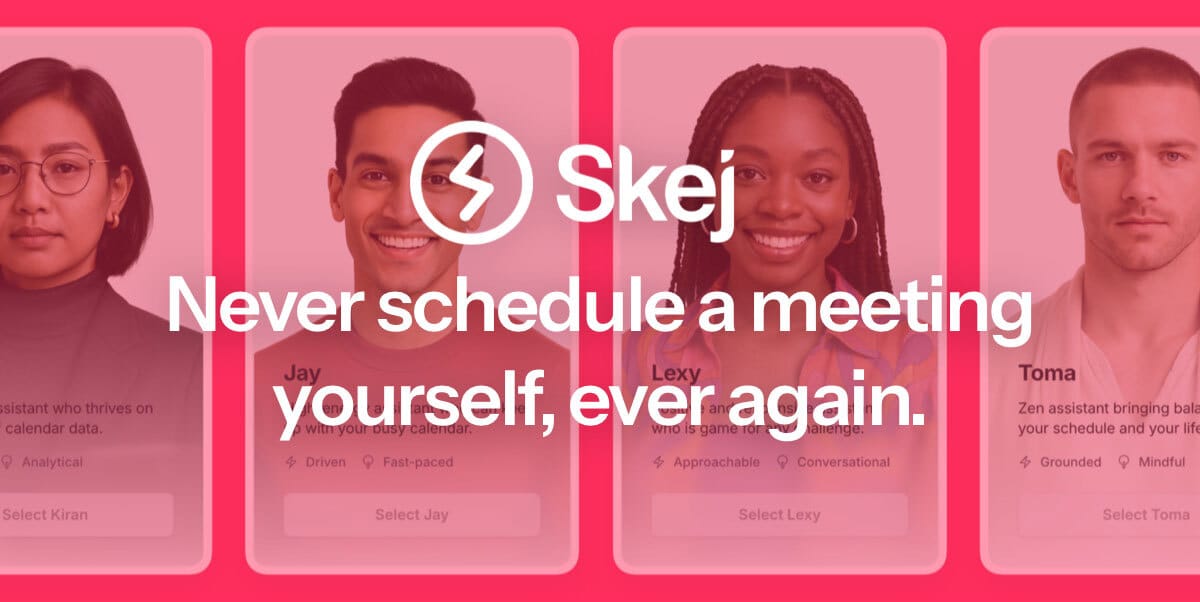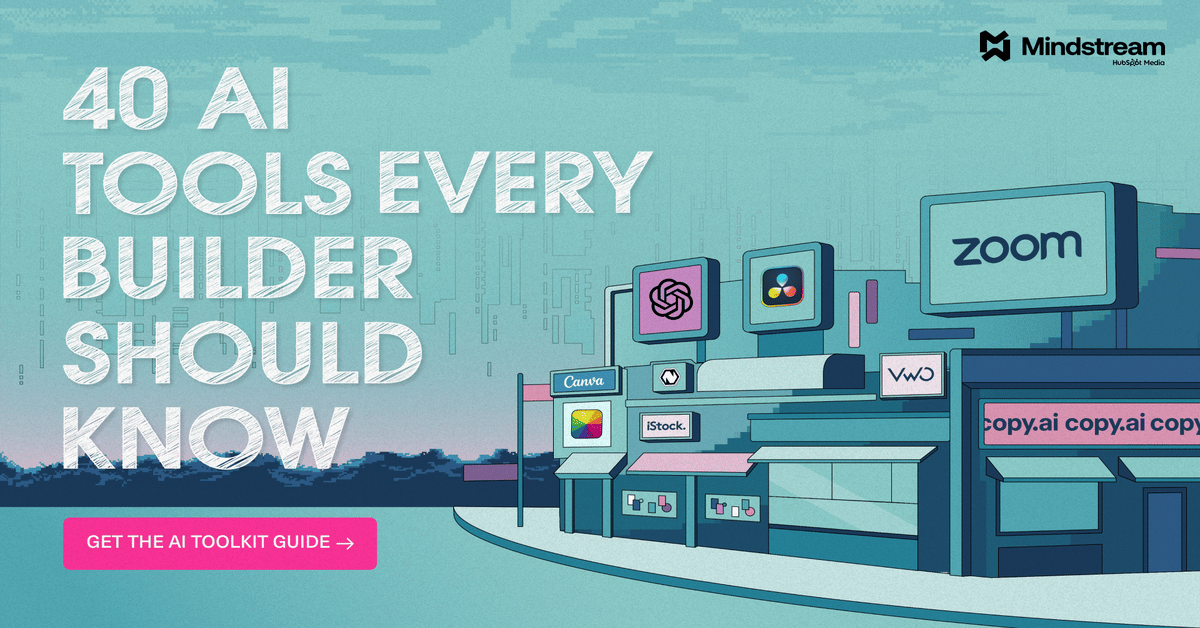- Tiny Big Spark
- Posts
- Closing the Growing Gap Between Leaders and Technology
Closing the Growing Gap Between Leaders and Technology
System Design Helps You Stay Sharp Without Overwhelm
Staying Sharp in a World That Moves Faster Than You Do
The Silent Risk of Falling Behind
There’s a quiet pressure that builds in anyone trying to lead in a world where technology evolves faster than job titles. While responsibilities expand — hiring, alignment, planning, people concerns, strategic decisions — the technical world doesn’t pause to accommodate that growing workload.
Algorithms advance. Architectures evolve. New distributed systems emerge.
And the worry forms: What if staying focused on people and priorities ends up creating a growing technical gap?
Many leaders discover this the hard way. Entire meetings can feel like they’re spoken in a language that used to be familiar but now sounds foreign. Modern platforms reference design concepts that didn’t exist a decade ago. Meanwhile, new engineers entering the industry now graduate with cloud-native thinking built into their curriculum — something that wasn’t available before.
Meet your new assistant (who happens to be AI).
Skej is your new scheduling assistant. Whether it’s a coffee intro, a client check-in, or a last-minute reschedule, Skej is on it. Just CC Skej on your emails, and it takes care of everything:
Customize your assistant name, email, and personality
Easily manages time zones and locales
Works with Google, Outlook, Zoom, Slack, and Teams
Skej works 24/7 in over 100 languages
No apps to download or new tools to learn. You talk to Skej just like a real assistant, and Skej just… works! It’s like having a super-organized co-worker with you all day.
What used to be cutting-edge knowledge becomes historical trivia almost overnight.
This isn’t about insecurity. It’s about reality — distributed systems now touch everything. Refrigerators sync with the cloud. Cars stream telemetry. Doorbells run microservices.
System Design literacy isn’t optional anymore; it has become the backbone of modern technical thinking.
But here’s the encouraging truth: the path back into technical fluency is clearer, simpler, and more accessible than ever.
TIP: Start by naming the skill gap instead of fearing it. Clarity reduces pressure and turns “falling behind” into “starting fresh.”

Why System Design Matters More Than Ever
System Design is no longer a niche for large-scale tech companies.
It is the architecture behind nearly every product, service, and connected device used today. And with that ubiquity comes responsibility — anyone guiding teams, shaping vision, or influencing direction must understand how things scale, fail, recover, and evolve.
Three forces make System Design essential:
1. The Rise of Distributed Everything
Cloud systems no longer act as simple servers; they coordinate millions of interactions across continents. A single misconfigured component can cascade into hours of downtime across an entire digital ecosystem. The 2021 outage that took major global platforms offline for hours is a perfect example — one failure amplified through distributed infrastructure.
2. The Widening Technical Gap Over Time
The more time spent away from direct technical work, the harder it becomes to re-enter. Technologies leapfrog every few years. What was once advanced becomes foundational. Staying static becomes the actual risk.
3. The Shift in Modern Education
New graduates learn distributed systems at the undergraduate level. They arrive already familiar with cloud architectures and modern paradigms. The bar for “technical fluency” has quietly risen.
For anyone responsible for guiding decisions, giving feedback, or evaluating proposals, this creates a subtle disadvantage — unless steps are taken to stay current.
TIP: Treat System Design not as “deep technical study” but as a literacy skill. Once understood at a conceptual level, it becomes a powerful shortcut for evaluating ideas, debugging plans, and steering decisions with confidence.
Free, private email that puts your privacy first
Proton Mail’s free plan keeps your inbox private and secure—no ads, no data mining. Built by privacy experts, it gives you real protection with no strings attached.
The Tools That Make Catching Up Easier
System Design isn’t mastered through coding — it’s mastered through concepts. What once required months of building distributed databases by hand can now be learned through structured building blocks and well-defined frameworks.
The modern approach has three pillars:
1. Understanding the Building Blocks
Think of System Design as a Lego system. Each concept — caching, load balancing, replication, rate limiting, partitioning, message queues — is a block. The magic comes from how they’re combined.
Learning the function of each component restores the mental map needed to critique designs or propose improvements.
TIP: Study components one at a time. Caching alone can transform performance. Load balancing alone can eliminate outages. Depth is optional — conceptual clarity is the priority.
2. Using the RESHADED Framework
RESHADED is one of the clearest, most structured methods for tackling System Design problems:
Requirements
Estimation
Storage schema
High-level design
APIs
Detailed design
Evaluation
Distinctive component/feature
This framework turns overwhelming, vague problems into solvable, structured exercises. It ensures nothing important is forgotten — scalability, reliability, bottlenecks, edge cases, and fault tolerance.
TIP: Print the RESHADED acronym and keep it visible. The framework itself becomes a mentor when time is limited.
3. Practicing With Real Modern Systems
The best learning comes from designing real applications:
URL shorteners
Maps
Video platforms
Ridesharing systems
These aren't theoretical exercises. They’re systems used daily by billions — perfect examples of scalable architecture.
TIP: Practice with increasing complexity. Start with a URL shortener before tackling global map routing or large-scale streaming platforms.
Choose the Right AI Tools
With thousands of AI tools available, how do you know which ones are worth your money? Subscribe to Mindstream and get our expert guide comparing 40+ popular AI tools. Discover which free options rival paid versions and when upgrading is essential. Stop overspending on tools you don't need and find the perfect AI stack for your workflow.
A Walkthrough: Designing TinyURL the Right Way
Designing a URL shortener seems simple, but it’s the perfect example of modern System Design in action.
Using RESHADED clarifies the exact thought process:
Step 1 — Requirements
Functional needs:
exchange long URLs for short ones
redirect efficiently
track usage
handle massive read traffic
Non-functional needs:
high availability
low latency
reliability under heavy spikes
Step 2 — Estimation
Before drawing any architecture, estimation reveals:
required storage
expected query load
bandwidth requirements
number of servers
memory footprint
This step is where many designs fail — not due to creativity but due to ignoring scale.
Step 3 — Identifying Components
The building blocks emerge naturally:
databases for URL mapping
sequencer to generate unique IDs
cache for the most frequently accessed links
load balancers to distribute requests
rate limiters to prevent abuse
Each piece reinforces reliability by handling a predictable part of the overall system.
Step 4 — Detailed Design Through the Remaining Steps of RESHADED
This includes API structure, failure handling, partitioning strategies, and evaluating trade-offs.
By the time the process concludes, a complete scalable architecture exists — one that can survive real-world load patterns.
TIP: Treat System Design like fitness: small, consistent practice builds long-term capability.
Demystify AI for Your Business in Just 4 Steps

Overwhelmed by AI? HubSpot's free guide cuts through the noise. Get the ultimate crash course for non-technical entrepreneurs who want to harness AI's power—without getting lost in the jargon.
"AI for Business Builders" delivers:
- A 4-part roadmap to AI mastery
- Jargon-free explanations of large language models
- Practical prompt engineering tips you can use today
- Real-world examples of AI boosting businesses like yours
Arm yourself with the knowledge to make informed AI investments and skyrocket your startup's growth.
Download Your Free Guide Now
Staying Relevant Without Becoming Overwhelmed
System Design isn’t just about knowledge — it’s about confidence. Confidence in conversations. Confidence in evaluations. Confidence in long-term decisions that shape platforms and products.
The secret isn’t mastering every detail — it’s understanding the landscape well enough to navigate it calmly and intelligently.
Here’s the mindset that keeps technical relevance sustainable:
1. Aim for Breadth, Not Exhaustive Depth
Being able to evaluate, reason, and identify patterns is far more valuable than memorizing every implementation detail.
2. Skim More, Dive Less
High-level clarity beats low-level obsession. Most decisions require perspective, not line-by-line expertise.
3. Build a Habit of Light, Ongoing Learning
Even 10–15 minutes a week compounds dramatically — especially when frameworks like RESHADED give structure to the journey.
4. Remember That Leadership and Technical Fluency Can Coexist
Modern roles demand both: the ability to guide people and the ability to guide architecture.
Staying sharp isn’t about keeping up with every framework. It’s about understanding how systems behave, scale, and fail — and how to think about them with clarity.
TIP: Choose one small technical improvement each month. One skill, one concept, one building block. Small steps beat binge-learning every time.
FINAL THOUGHT
The technical world will keep accelerating. Responsibilities will keep expanding. But relevance isn’t lost all at once — it slips away slowly, quietly, when there's no strategy to maintain it.
System Design gives you that strategy.
Not as pressure. Not as an academic burden. But as a language that reconnects you with the modern landscape — and gives you the confidence to steer decisions with both clarity and authority.
What’s your next spark? A new platform engineering skill? A bold pitch? A team ready to rise? Share your ideas or challenges at Tiny Big Spark. Let’s build your pyramid—together.
That’s it!
Keep innovating and stay inspired!
If you think your colleagues and friends would find this content valuable, we’d love it if you shared our newsletter with them!
PROMO CONTENT
Can email newsletters make money?
With the world becoming increasingly digital, this question will be on the minds of millions of people looking for new income streams in 2025.
The answer is—Absolutely!
That’s it for this episode!
Thank you for taking the time to read today’s email! Your support allows me to send out this newsletter for free every day.
What do you think for today’s episode? Please provide your feedback in the poll below.
How would you rate today's newsletter? |
Share the newsletter with your friends and colleagues if you find it valuable.
Disclaimer: The "Tiny Big Spark" newsletter is for informational and educational purposes only, not a substitute for professional advice, including financial, legal, medical, or technical. We strive for accuracy but make no guarantees about the completeness or reliability of the information provided. Any reliance on this information is at your own risk. The views expressed are those of the authors and do not reflect any organization's official position. This newsletter may link to external sites we don't control; we do not endorse their content. We are not liable for any losses or damages from using this information.





Reply